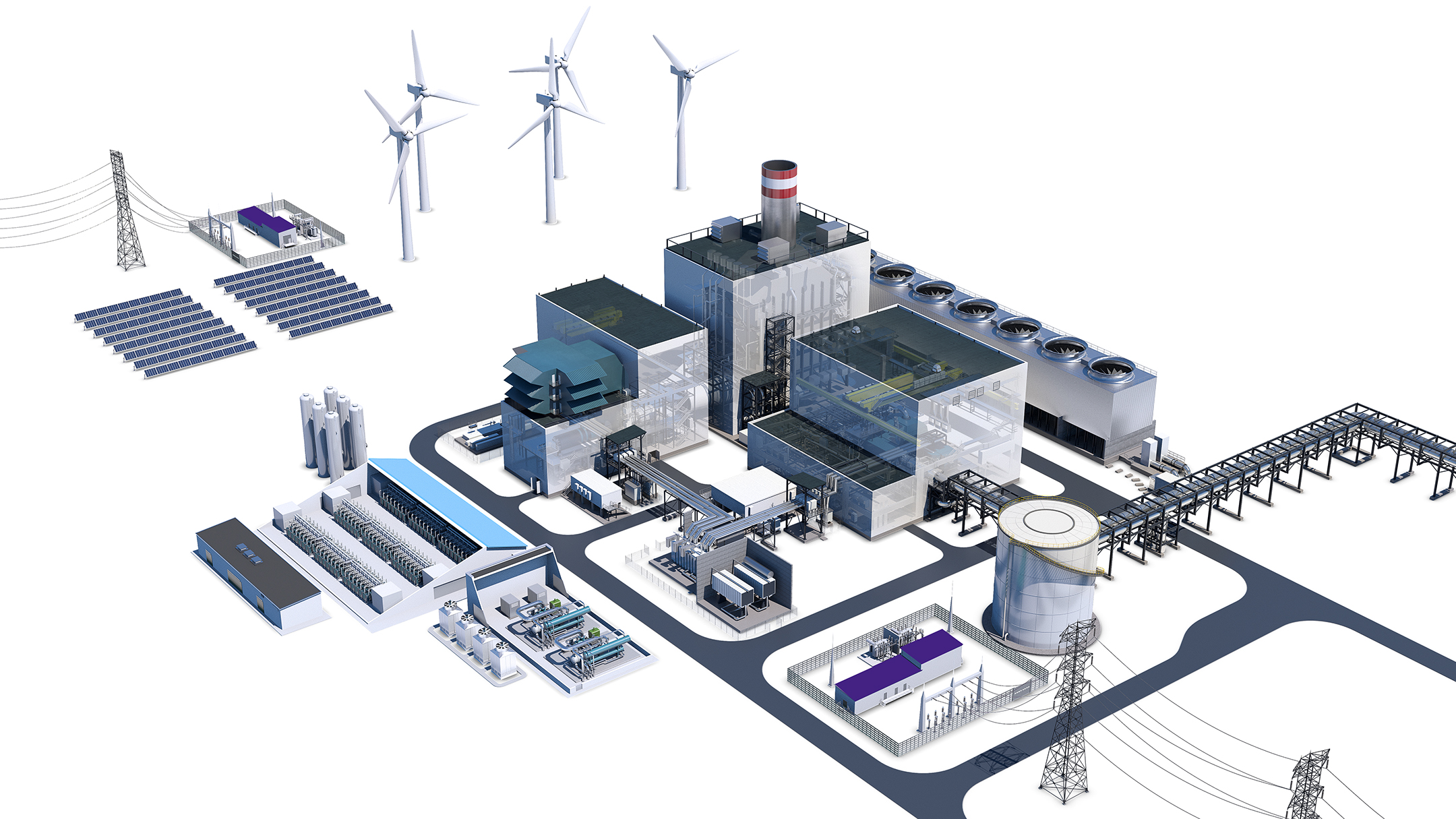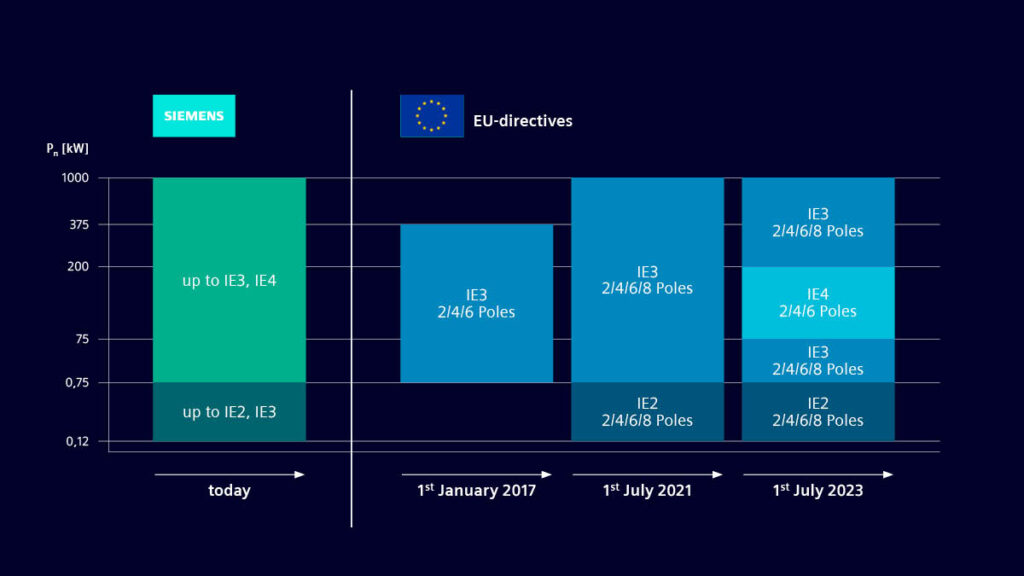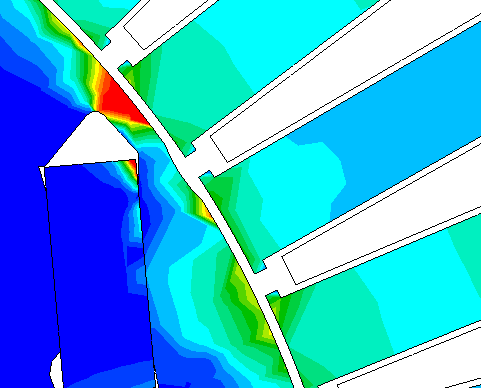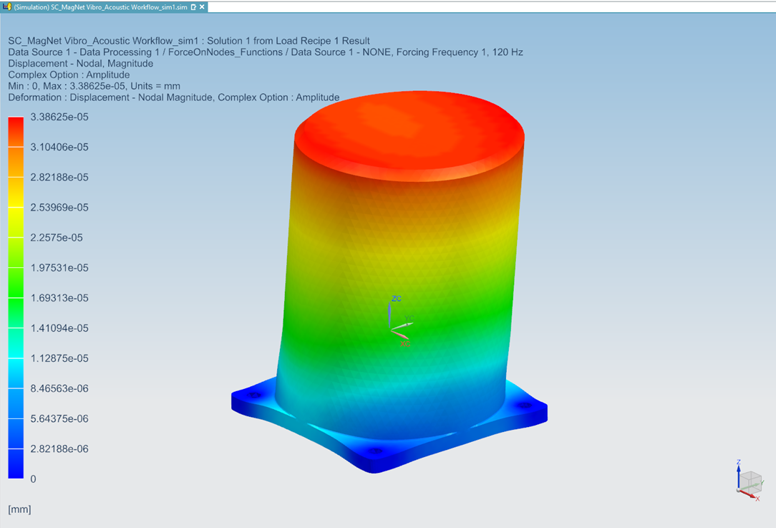Electromagnetic motors are the world’s biggest energy consumers

It’s an energy conversion problem.
Energy conversion has been a common human practice since the first human hit two rocks together and created a spark. In this case they used kinetic energy to initiate a chemical reaction that ultimately produced heat energy. With natural materials such as flint and pyrite, this would have taken time and practice to achieve the desired results. We have been searching for and developing new tools to innovate and improve technology ever since. With each new discovery, technology changes how we go about our daily lives. Most modern technologies have one thing in common: they require energy, normally electricity to perform their function. Most of this energy is provided to national electricity grids via power stations. These stations use electromagnetic machines for energy conversion of fossil, nuclear, solar, wind or hydro energy sources into electricity.
How much energy do we use?
In 2020, the world consumed more than 25 PetaWatt-Hours of electricity! That number consists of 25 and 15 zeroes! Two countries, China and the USA, were responsible for consuming nearly ½ of this electricity. China was responsible for more than 7.5 PetaWatt-Hours used, and the USA was responsible for more than 4.0 PetaWatt-Hours used.
The consumption of electricity is split evenly between our homes, office buildings, and our various manufacturing facilities (1/3, 1/3, 1/3). A typical home in the USA will consume 1.0 MegaWatt-Hours of electricity per month and 12.0 MegaWatt-Hours over a year. The latest census shows, there are 140 Million homes in the USA that together use 1.6 PetaWatt-Hours of electricity annually.
The carbon cost of electromagnetic machines
Electromagnetic machines’ need for energy creates 2nd hand effects, specifically the creation of CO2 emissions. “Electric motors and systems they drive are the largest single-energy end use and account for more than 40% of global electricity consumption” according to the International Energy Agency report. This report expects that, without policy change by 2030, electromagnetic motor use will produce 8,570 Metric-tons of CO2 per year.

Small changes make a big difference
As we consider the enormity of the use of electricity and the corresponding CO2 emissions, it becomes apparent that we as a world civilization, need to initiate practices to both reduce the use of electricity and reduce the waste of electricity. One significant way to reduce the use of electricity is with technology. For instance, LED light bulbs give us the same light as an old-style light bulb but at 20% of the previous electricity used; that’s an 80% savings for each bulb!
If our goal is to reduce global electricity consumption, then electric motor efficiency becomes of huge importance, because motors are part of so many appliances/devices. Motors are in refrigeration, air conditioning, pumps, compressors, fans, and much more from hair driers to snowblowers, and toy trains to commuter trains.
If we can improve the efficiency of every electric motor by just 1%, then this accounts for 0.10 PetaWatt-hours of savings each year, and this would provide enough electricity for more than 8 Million homes in the USA!
The drivers of electromagnetic change
In addition to the commercial benefits of improving electric motors efficiencies, government and community regulations/mandates are calling for higher efficiencies. The USA for instance has the DOE, EPA, the EnergyGuide, and the Energy Star regulations all pushing for improvements in electric motors performance.
The largest proportion of motor electricity consumption is attributable to mid‐size motors with output powers between 0.75 kW to 375 kW. These sorts of motors are used in HVAC, pumps, elevators, conveyors, and industrial handling & processing. These electric motors consume more electricity than motors in other size machines (68% of the combined total of all electromagnetic motors).

How electromagnetic machines could save us
There is great potential for electric motor companies to fulfill this global problem. To do this, they will need sophisticated software tools to “build and test” or virtually prototype their designs with simulations. Simulations allow engineers and researchers to develop designs with higher efficiency for a minimum research cost and in the least amount of elapsed research time.
An electric motor is an energy conversion device, that transforms electrical energy into mechanical energy. The mechanical energy is then used to perform some desired task or work. The primary discipline of physics involved in a motor is electromagnetics or EMAG. However, in order to develop designs with the highest possible efficiencies, the designer must review the behavior of the motor from a multi-physics perspective.


Electromagnetic designs optimized with multi-physics solutions
A multi-physics approach allows the engineer to simultaneously consider a myriad of potential requirements and limitations, enabling them to perform a robust testing and optimization process. Their investigations can include a coupled EMAG and thermal simulation. This allows the materials to adjust to local temperature distributions as the motor heats up. Alternatively, the engineer can add cooling to remove the heat and keep the motor in a safe operating range. Additionally, considerations may include a coupled EMAG to mechanical simulation. This process allows the designer to review possible shape changes of the components and assess the motor’s durability and dynamics. Finally, one may consider a coupled EMAG and acoustic simulation. This allows the designer to review whether the electric to mechanical energy conversion would result in the motor producing undesirable sounds during operation. All of these simulations enable the designer to explore possibilities and mitigate undesirable behavior before actually building a physical specimen.

These simulations can be performed by a suite of software tools developed and provided by Siemens Digital Industry Software; these tools are available as part of the CAE product called Simcenter. The simulation of each discipline of physics is available stand-alone or they can be combined as a coupled simulation with interoperability which allows for component CAD, mesh, and physics results to all be smoothly exchanged at the designer’s fingertips.
We hope that this blog inspires the electric motor manufacturers and helps them review & adopt new tools. So that they can innovate and develop new technology that improves the efficiency of their motors. All of us should aim to reduce the amount of electricity we use and our subsequent carbon footprint; the future of civilization depends upon it.


